Reverse drawing lithography has allowed researchers to fabricate a less invasive needle system designed to deliver drugs to the back of the eye.
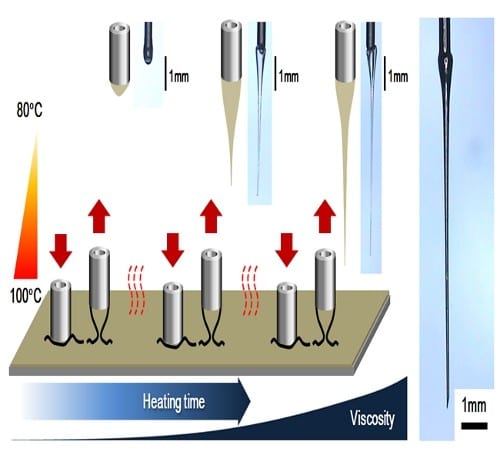

Reverse drawing lithography has allowed researchers to fabricate a less invasive needle system designed to deliver drugs to the back of the eye.
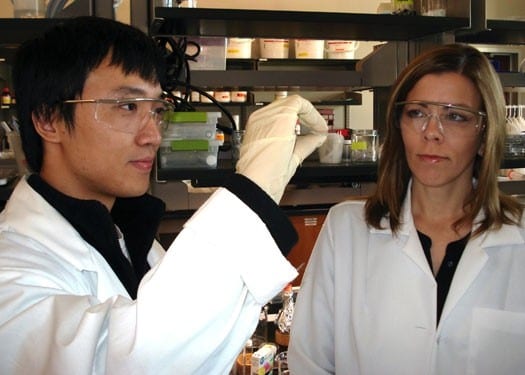
Researcher developing technology intended to help diabetics monitor their blood sugar level.
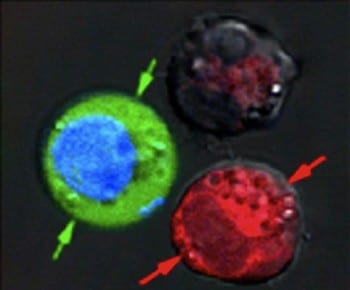
Researchers at Rice University have found a way to kill some diseased cells and treat others in the same sample at the same time.
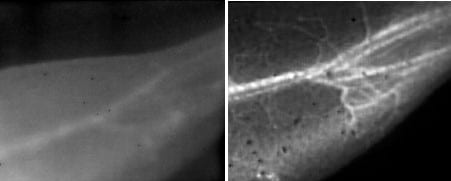
New fluorescence imaging technique allows researchers to view pulsing blood vessels of living animals with unprecedented clarity.
Silicon nanoparticles functionalised with antibodies have been shown to efficiently kill cancer cells in vitro.
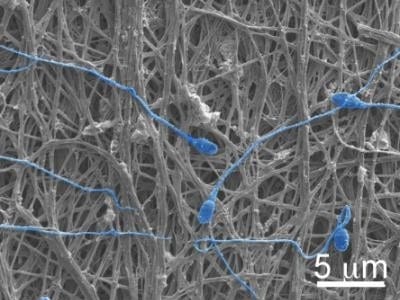
Electrically spun cloth with nanometer-sized fibers can dissolve to release drugs, providing a platform for cheap, discrete and reversible protection.

It has been shown that resilin-like polypeptides are a potential material for cardiovascular tissue engineering.
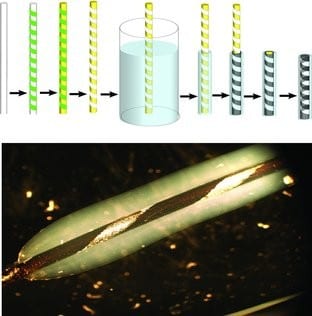
Scientists have developed a novel nerve construct: artificial hybrid conducting polymer-hydrogel conduits are used to repair peripheral nerve gaps.
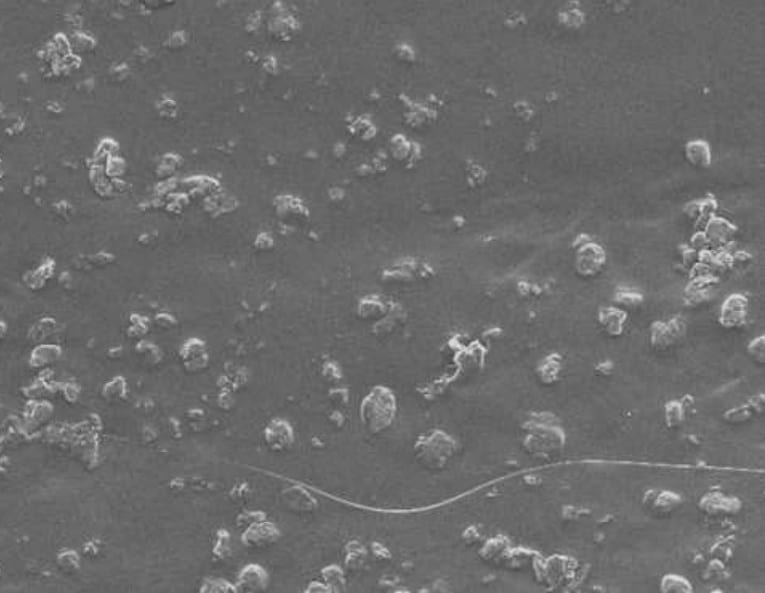
Researchers have engineered an electro-responsive polymer hydrogel containing carbon nanotubes for drug delivery applications.
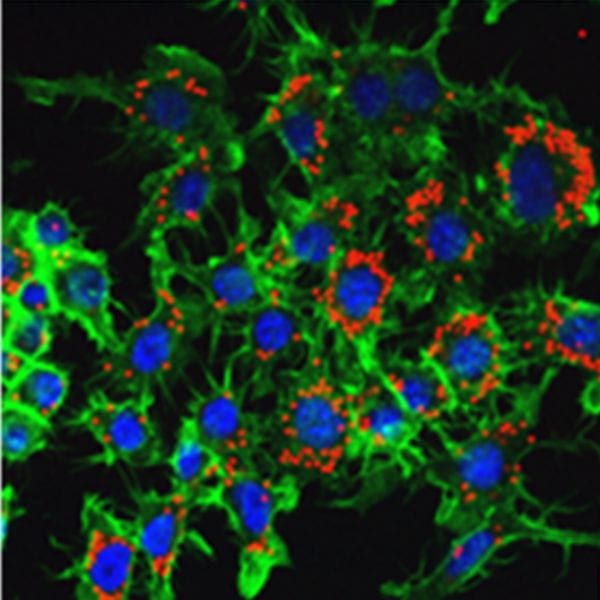
Scientists in China and Australia identify the factors that determine the risk of fetal exposure to nanoparticles.